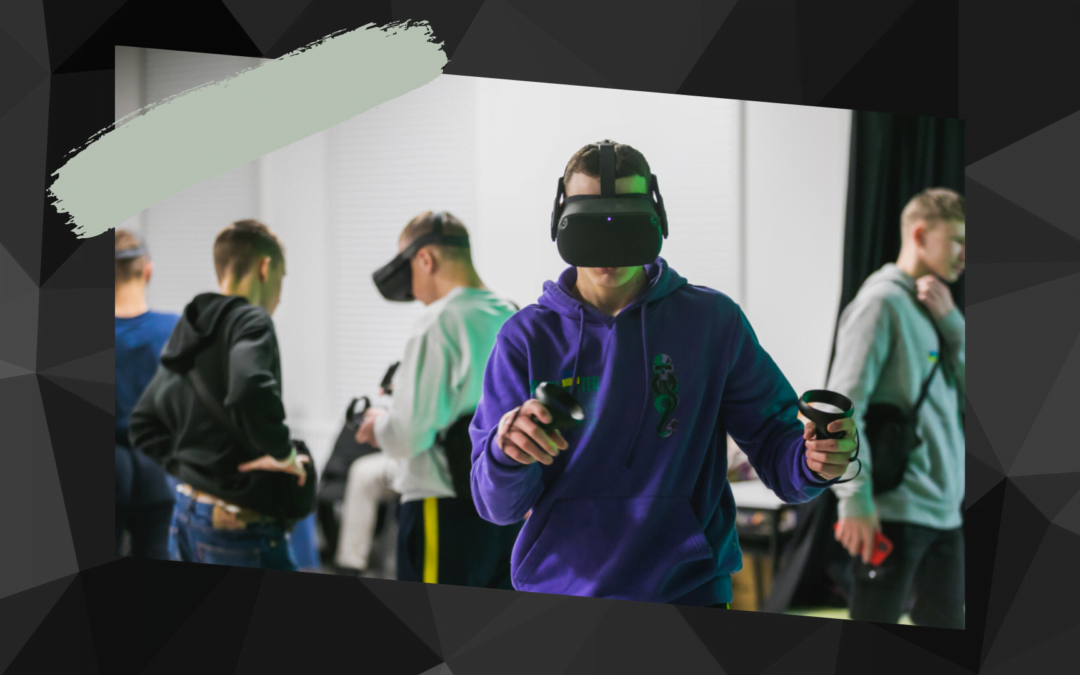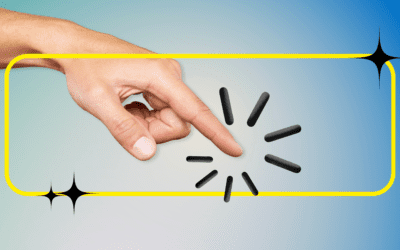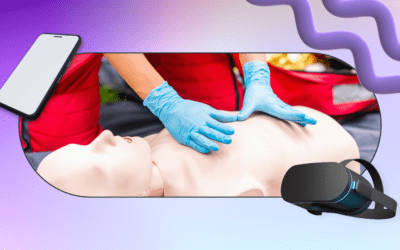- Unfortunately, wars happen daily. They affect not only adults but also children who are observatories of older’s conflicts.
- Educational workshops gave them a chance to learn, socialize and have fun in a safe environment.
- Virtual reality technology allows the children to experience different scenarios and forget for a moment about war.

- 1. War deprives children of their carefree childhood
- 2. Giving a chance to therapeutically clear the minds
- 3. VR technology in education is an effective tool
- 4. Immersive activities for children have great potential
War deprives children of their carefree childhood
The ongoing conflict between Ukraine and Russia has significantly affected many people’s lives, especially children. Many of these children have lost their families, homes, and loved ones due to the war. However, there is hope for some, as they have been taken care of or adopted by families living on the conflict’s front lines.
The children face many challenges – adapting to a new environment, society, and sometimes even culture and language. They also have to deal with the trauma of the war, which can be a significant burden for young minds.
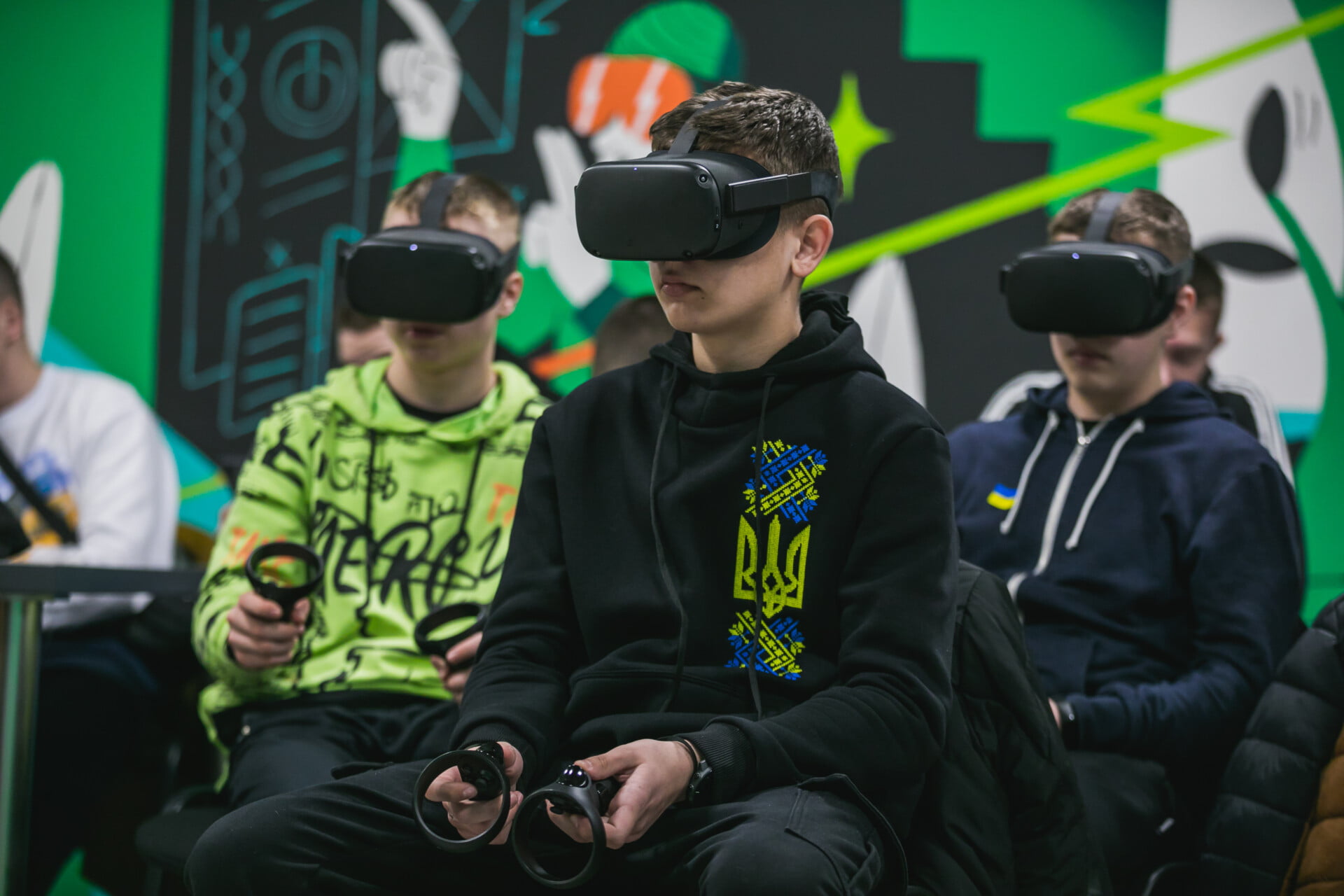
Giving a chance to therapeutically clear the minds
To help these children cope with the war challenges, educational workshops with new technologies, including virtual reality, are used to provide therapeutic activities.
On 21 February 2023, in Giant Lazer XR Lab, we organized a workshop for Lviv children with parents at war between Ukraine and Russia or who lost family members in the conflict.
The event was organized by the Marshal’s Office of the Lower Silesian Voivodeship and the Giant Lazer company, which produces virtual reality (VR) and augmented reality (AR) technologies. These classes are designed to help the children develop a plan for their future professional path and to assist them in dealing with the emotional trauma of the war. During the workshop, Katarzyna Walowska, a fantastic Junior Quality Assurance, from Giant Lazer explained to the children what immersive technologies are, differences between VR / AR / MR, and what devices are used to access them. She then demonstrated to participants how to use the Oculus Quest 1, a VR headset, and gave the children a unique opportunity to explore VR educational applications and games.
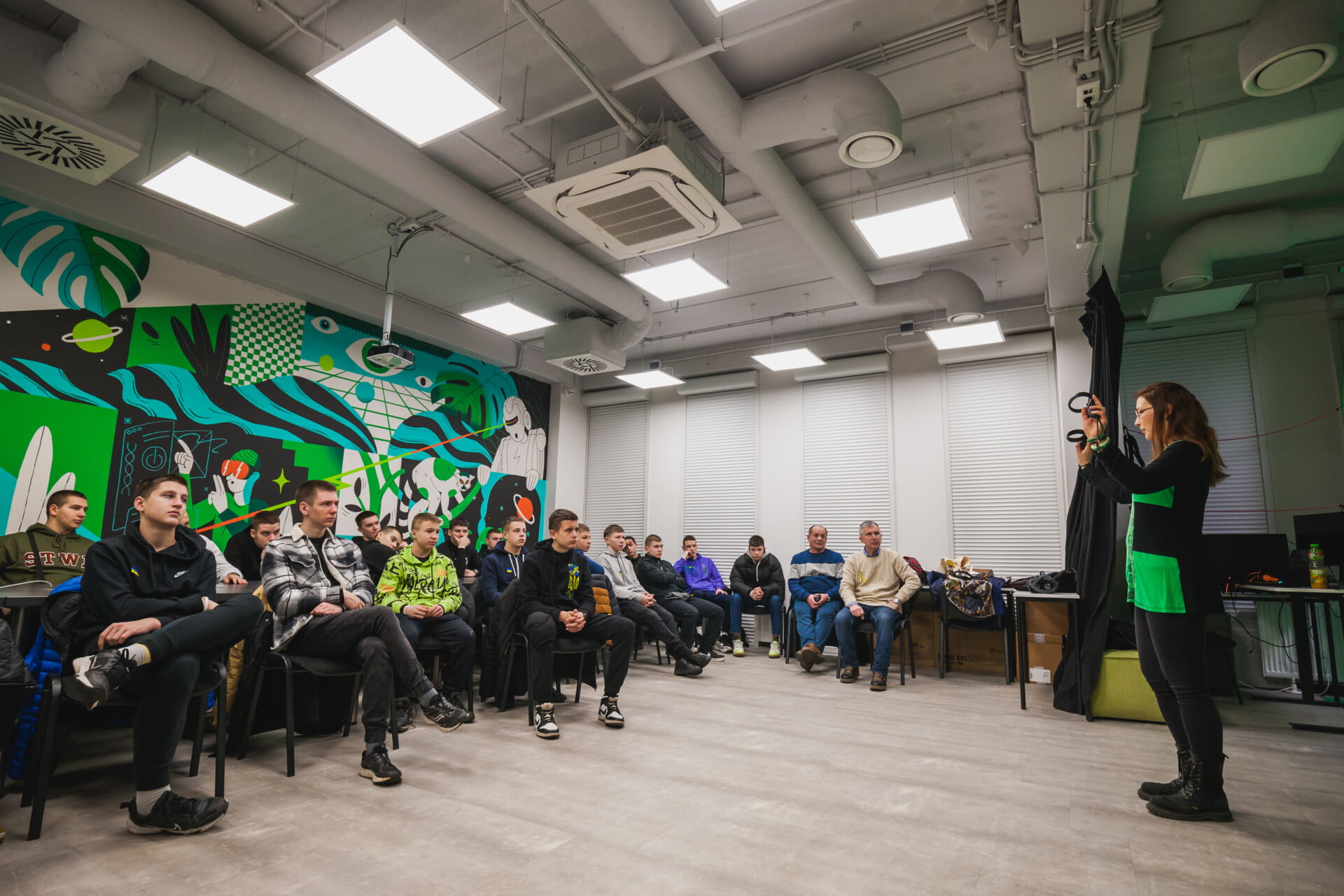
VR technology in education is an effective tool
Virtual reality technology allows the children to experience different scenarios and environments, helping them to develop a sense of control over their surroundings. For example, they can explore different careers and environments to help them make informed decisions about their future.
This technology can also be used to simulate peaceful environments and experiences, providing a sense of safety and security for the children.
The children from Ukraine were fascinated by the VR technology and were amazed by the immersive experiences they could have. They were able to interact with virtual objects and characters, and learn in a fun and engaging way. The workshop provided the children with a much-needed break from the stress and trauma of their situation, and it gave them a chance to learn, socialize and have fun in a safe environment.
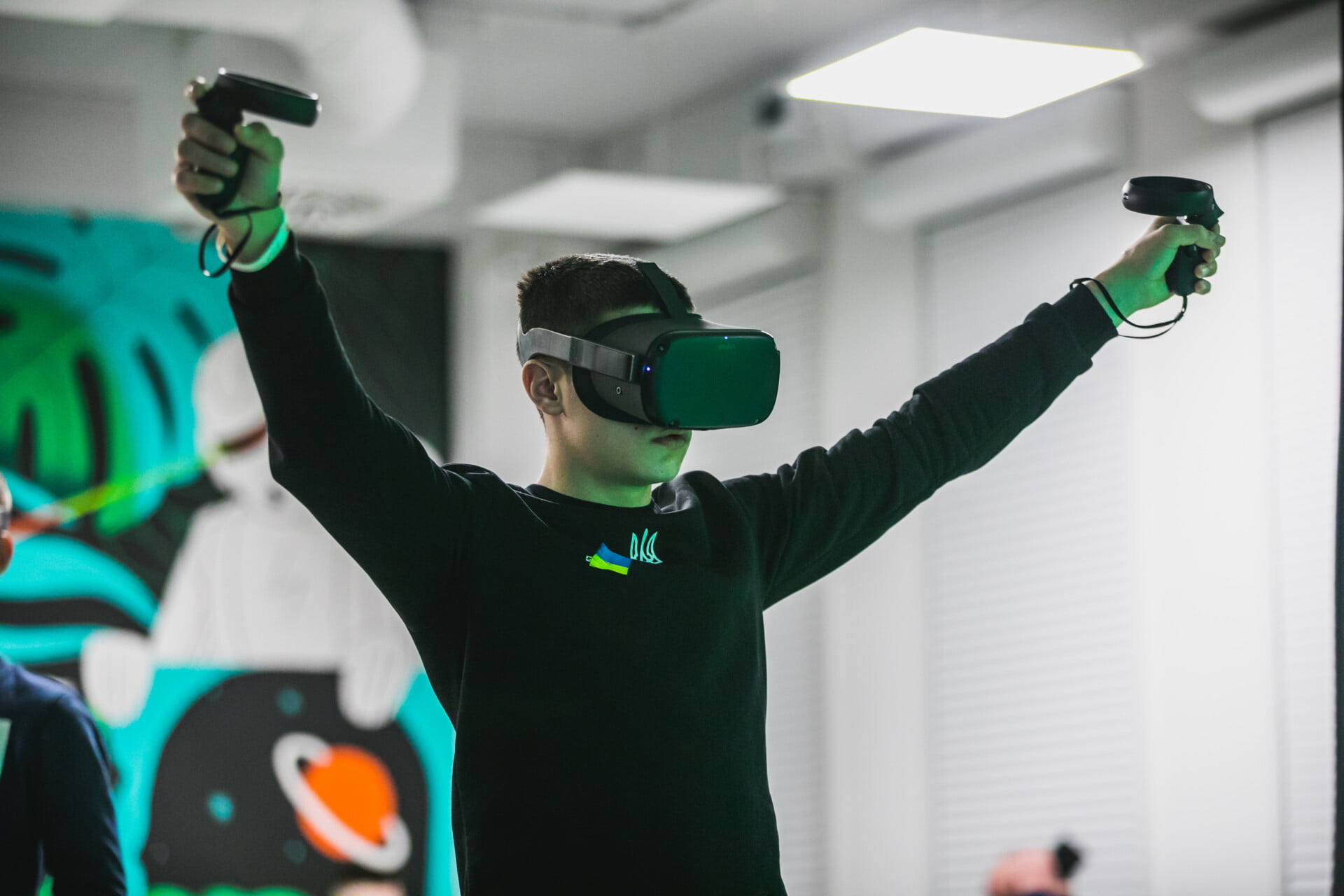
See how we create a VR educational
applications for students
Immersive activities for children have great potential
The event was a success, showing the potential of immersive technologies to provide therapeutic and educational benefits to children affected by war and conflict. The organizers expressed their hope that similar workshops could be held in the future and that more children could benefit from these technologies, providing more children with the opportunity to benefit from immersive technologies.
In conclusion, thanks to Giant Lazer XR Lab, we demonstrated the positive impact VR can have on children’s well-being and education. It is an excellent example of how technology can make a difference in young and older people’s lives.

Read more
To touch the untouchable – haptic technology and its accessories
Let's talk sense - most of us probably belong to one of two categories: those who prefer visual stimuli and those who prefer auditory ones. In fact, these are our two primary senses. Because of that, the vast majority of technology around us use mainly those two. No...
The use of virtual and augmented reality in first aid training
Whether learnt in school or at work, proper first aid training is a skill everyone should have. But when the chips are down and we are faced with a stressful reality of saving someone else's life, are we really able to remember guidelines shown during a boring...
The future world of avatars: how the metaverse works?
Hailed as the next big thing, the idea of having a separate life existing only in digital space through virtual reality experience makes investors and users alike salivate at the prospect of striking gold and jumping ship early. But what exactly is the metaverse? Is...

